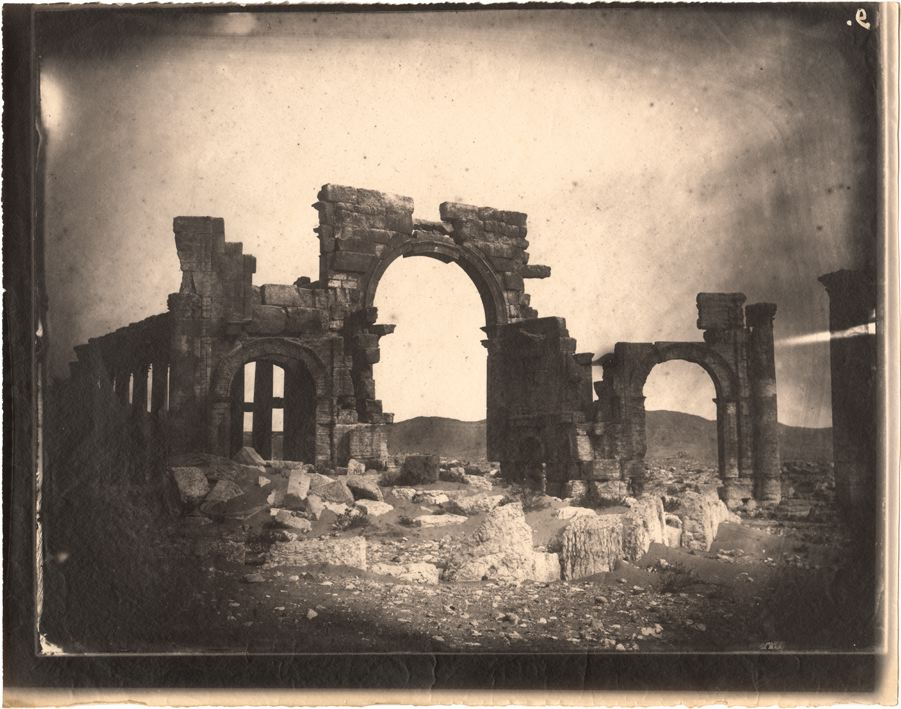
Louis
Vignes, Triumphal arch and great colonnade, Palmyra, Syria (1864),
printed by Charles Nègre, albumen print (all images courtesy Getty
Research Institute, Los Angeles)
“These photographs represent rare primary documents of a region and World Heritage Site in crisis, preserving the memory of its ancient monuments and natural beauty for posterity,” GRI’s curator of photography Frances Terpak said in a statement. “Additionally, Vignes’ striking photographs are exceedingly important as documents both for the history of archaeology, which blossomed in the mid-nineteenth century, and the history of photography — having been printed by Charles Nègre.”
The photographs were captured on an expedition financed by the Duke of Luynes, a French art collector, archaeologist, and scientist. Interested in Christianity’s biblical and historical past, the duke commissioned Vignes, also a trained photographer, to document Beirut and Palmyra as part of his greater investigation of the region. Nègre, himself a photographer, printed all of them, including the set of 47 just acquired by GRI.
The fact that the World Heritage Site of Palmyra is now vastly demolished makes the black-and-white images all the more haunting. Vignes’s lens captured the Temple of Bel and the Temple Baal Shamin with their monumental walls still intact, as well as shots of the city’s great colonnade, attached to sturdy triumphal arches, and tombs that bordered it.
“Beirut, Lebanon, and Palymyra, Syria, have been irreparably altered both by the 1975 Lebanese war and the current Syrian war,” Getty Research Institute Director Thomas W. Gaehtgens said. “In the face of the unspeakable human tragedy and cultural destruction of these conflicts, there is little scholars can do but strive to record, preserve, and interpret the historical record of these tremendously important historic sites. Because of recent events, these rare photographs are now even more valuable as research documents for scholars of the Middle East.”

Louis Vignes, Temple of Bel complex, Palmyra, Syria (1864), printed by Charles Nègre, albumen print
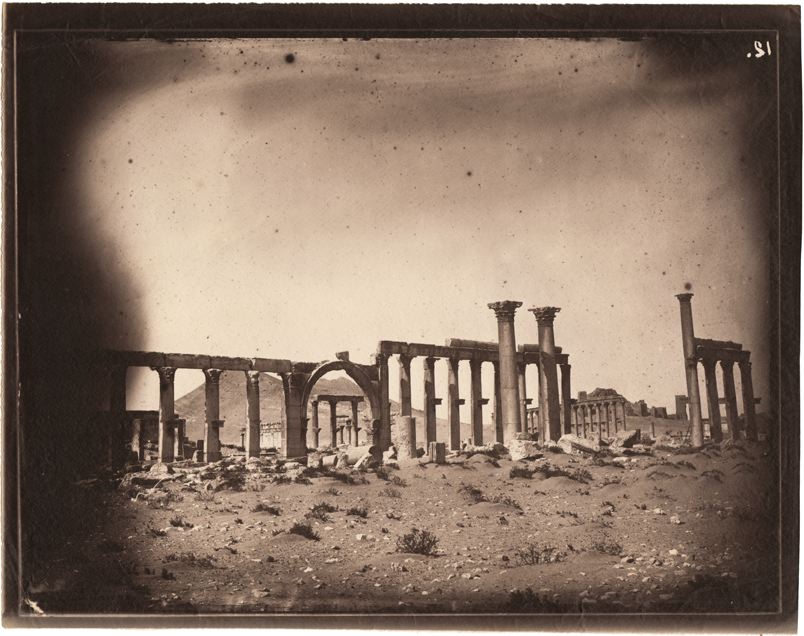
Louis Vignes, Great colonnade, Palmyra, Syria (1864), printed by Charles Nègre, albumen print
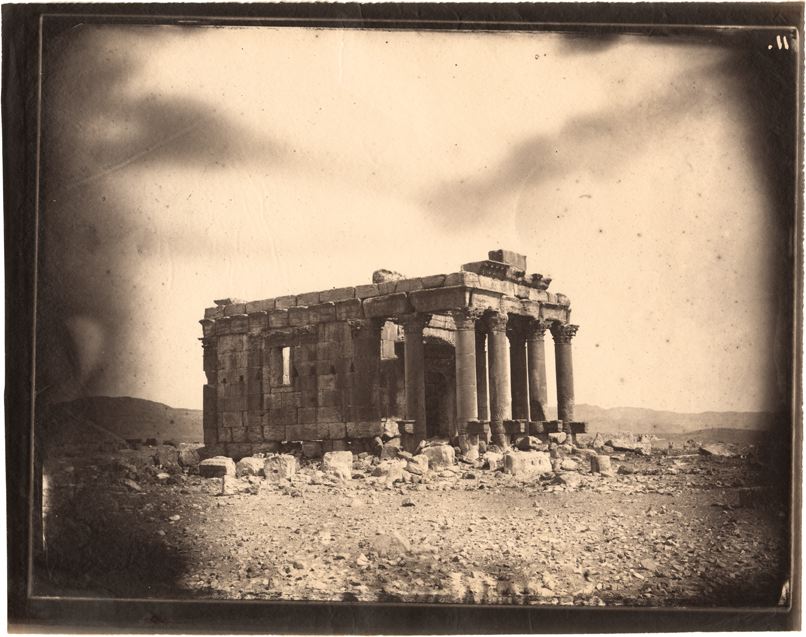
Louis Vignes, Temple of Baalshamin, Palmyra, Syria (1864), printed by Charles Nègre, albumen print
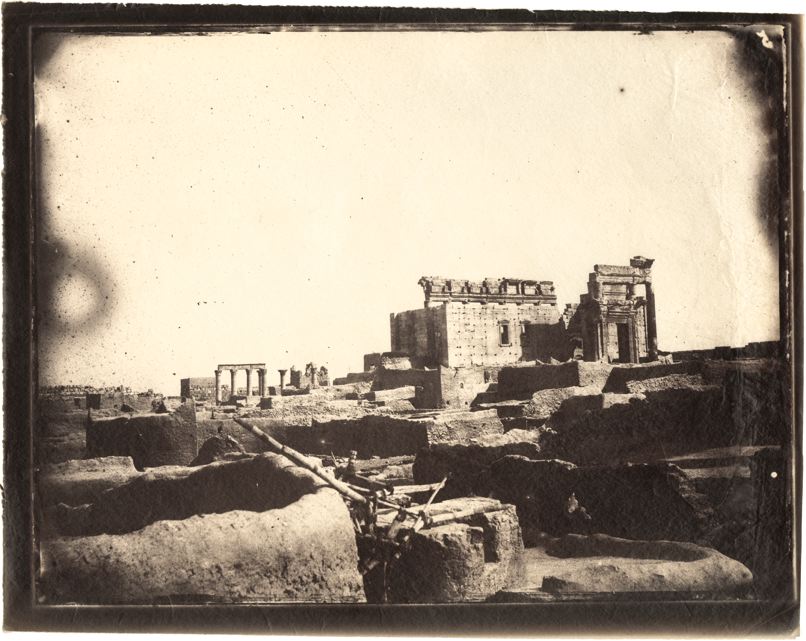
Louis Vignes, Temple of Bel, Palmyra, Syria (1864), printed by Charles Nègre, albumen print
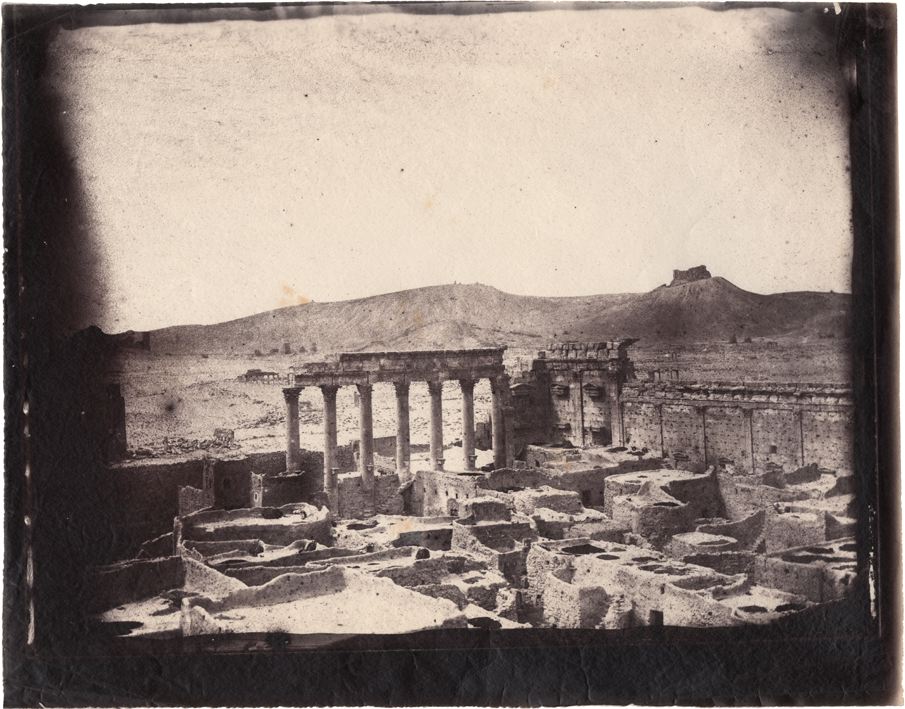
Louis Vignes, Temple of Bel complex, Palmyra, Syria (1864), printed by Charles Nègre, albumen print

Δεν υπάρχουν σχόλια:
Δημοσίευση σχολίου